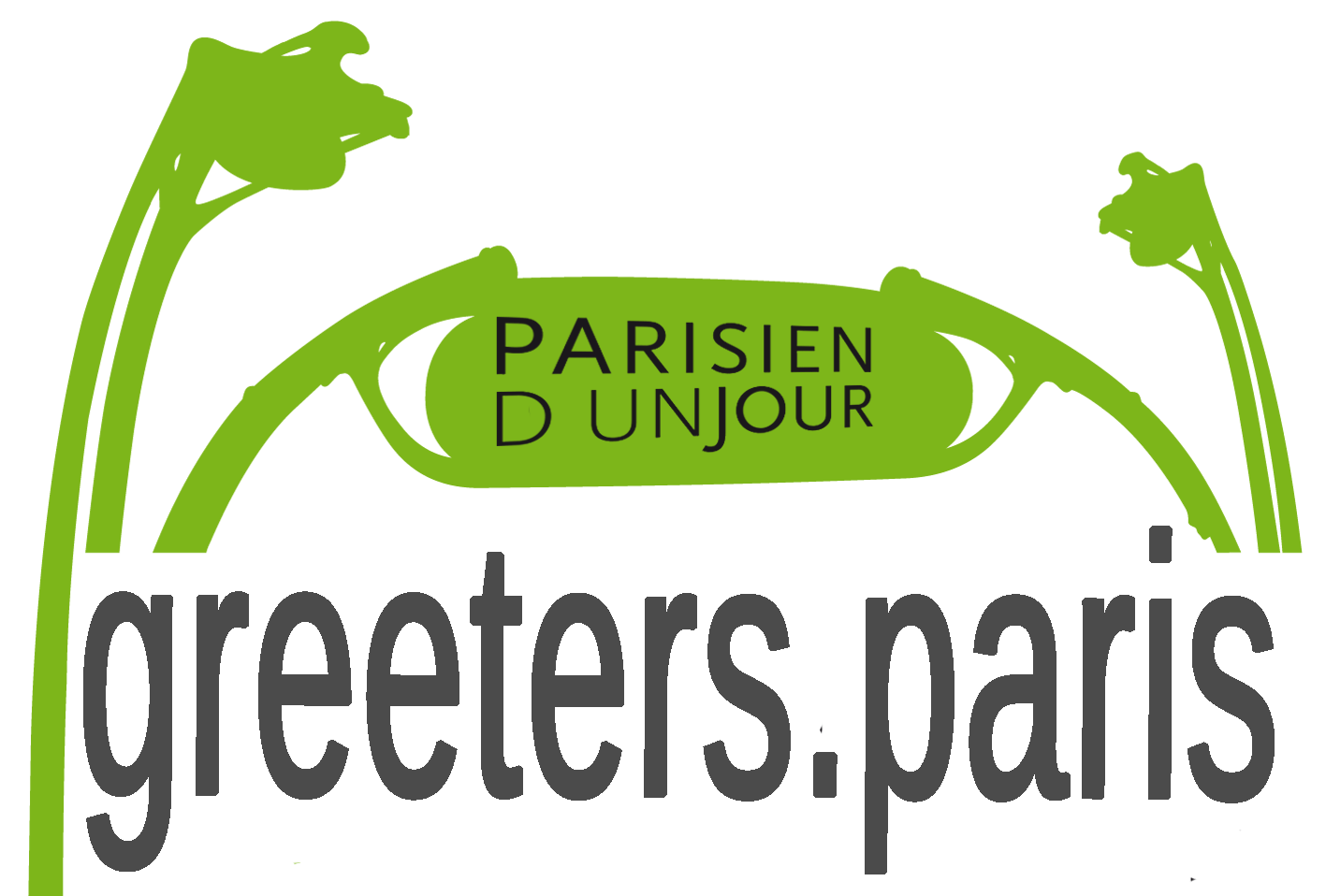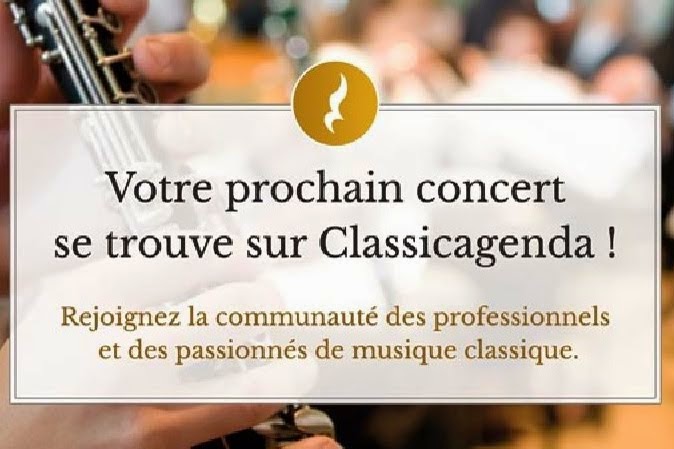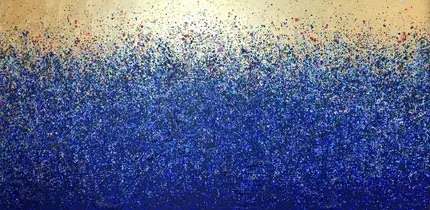Well, I know, it’s July 14th and it’s time to celebrate! Just as a reminder, here is photo I took two years ago (more of these fireworks photos here). If you take a look at Virginia's Paris blog, you will see that I was not alone, when I took these photos. I imagine that something similar will be seen again tonight. I guess I will be around.
But, in the meantime, this post will be about something else. I was invited to the inauguration of a plate, fixed on the wall of what today is the Montmartre Museum. I already posted about the museum end 2009, when there was a danger that it would be closed. It has been saved! Important improvements will be made between now and 2014. The governance of the museum and the works presented have by the City of Paris been committed to an enterprise which already with success manages other historic places in France. They will work in close cooperation with the “Association du Vieux Montmartre” (I’m a member), created in 1886, which since has built up a fantastic collection of paintings, photos… all kinds of souvenirs of what Montmartre was and is.
So, before entering, we assisted at a small ceremony in the street, in the presence of the Mayor of the arrondissement, the boss of the museum, the President of the Montmartre Republic, the Chairman of the “Vieux Montmartre” association, a representative of the Mayor of Paris… and we could see the plate. It indicates some of the names of artists who have worked and lived in what now are the museum buildings, one of which probably is the oldest still existing building on Montmartre.
Some of the names on the plate are world famous, some maybe less. At the end of the post, I will tell something more about the people named on the plate.
So, we entered into the nice gardens, heard some more speeches… and got something to eat and drink.
Exceptionally, it was possible to reach all pieces of the garden and even have a different look at the vineyards (see previous post). In the future, there will also be a direct access to the little “wild” park, the Saint Vincent Garden (see previous post).
Of course I made also a quick visit to the present museum building (see again previous post for more details, if you wish).
So… who were the artists who have been active here, for longer or shorter periods? Some are really famous, but I guess I'm not the only one who didn't know more than possibly the names of some of these personalities, so I did some "research".
Let’s take them in the order they are mentioned on the plate.
Pierre-Auguste Renoir was here for about a year and had the time to finish one of his most famous paintings, including the “Moulin de la Galette”, “Le Balançoire”, “Le Jardin de la rue Cortot” (obiously representing him and Monet in discussion).
Maximilien Luce was a painter and anarchist, most well-known for his pointillist works, like Signac, who made his portrait.
Emile-Othon Friez belonged to the fauvist movement, friend of Raoul Dufy (see below). He became more traditional with the age.
Raoul Dufy lived many years here. He was definitely a leading fauvist painter. He’s also known for ceramic and textile, fashion, designs and some very large decorations for public buildings.
Emile Bernard was a post-impressionist painter, like van Gogh and Gauguin and he was close friend with both of them. Bernard spent time with Gauguin in Pont-Aven and we can see how they then made counter piece portraits. We know that Gauguin and van Gogh spent time together in Arles. We can see below how van Gogh copied Bernard’s paintings. They went to the same art school in Paris (Cormon) (see previous post), where Bernard also became friend with Toulouse--Lautrec… and there is even a photo with Bernard and van Gogh together on the Seine banks. … and Bernard attended and painted van Gogh’s funeral.
Francisque Poulbot was a pure “Montmartrian” and did a lot to save the Montmartre spirit. He’s known for his paintings of kids, known as “poulbots”. I have already posted about him and the - false - “poulbots” we now can find as postcards and tourist paintings.
Charles Camoin belonged to the original fauvist group, friend of Matisse.
Suzanne Valadon is definitely the person who, together with her son, Maurice Utrillo, has marked the place, living here for years. Starting as a model, she became herself a renowned painter. She has been portrayed by many of those days’ leading painters, some of them also her lovers, … and by herself.

Maurice Utrillo was thus Suzanne Valadon’s (and Renoir’s?) son. Very bohemian, often drunk, a bit crazy… he has left a very large number of typical Montmartre paintings.
André Utter was Suzanne Valadon’s second official (very young) husband. He painted, but also managed Suzanne’s and Maurice’s “business”.
André Antoine was an actor, director, theater manager. He’s considered as the inventor of more modern, realistic theatre staging. For a while he managed a theatre in Paris which still is named after him.
Léon Bloy was a novelist, essayist, pamphleteer and poet. Authors like Graham Greene, Jorge Luis Borges, John Irving… have said to have been influenced by him and refer to him in their works.
Pierre Reverdy is known as a leading surrealist poet, friend of Apollinaire, Max Jacob, André Breton, Tzara, Picasso, Braque, Matisse… He had a love affair with Coco Chanel … but then retired quite young.
Démétrios Galanis lived here some 50 years. Painter and engraver, friend of Picasso and exhibiting with him and also with Matisse, Gris, Dufy, Chagall, Braque… he was also professor at the Ecole des Beaux Arts, member of the French Academy…
A last look at the museum and the garden , Suzanne Valadon’s studio and the tree, where I believe they have the intention to put a swing, to commemorate Renoir's “Balançoire”.





















































